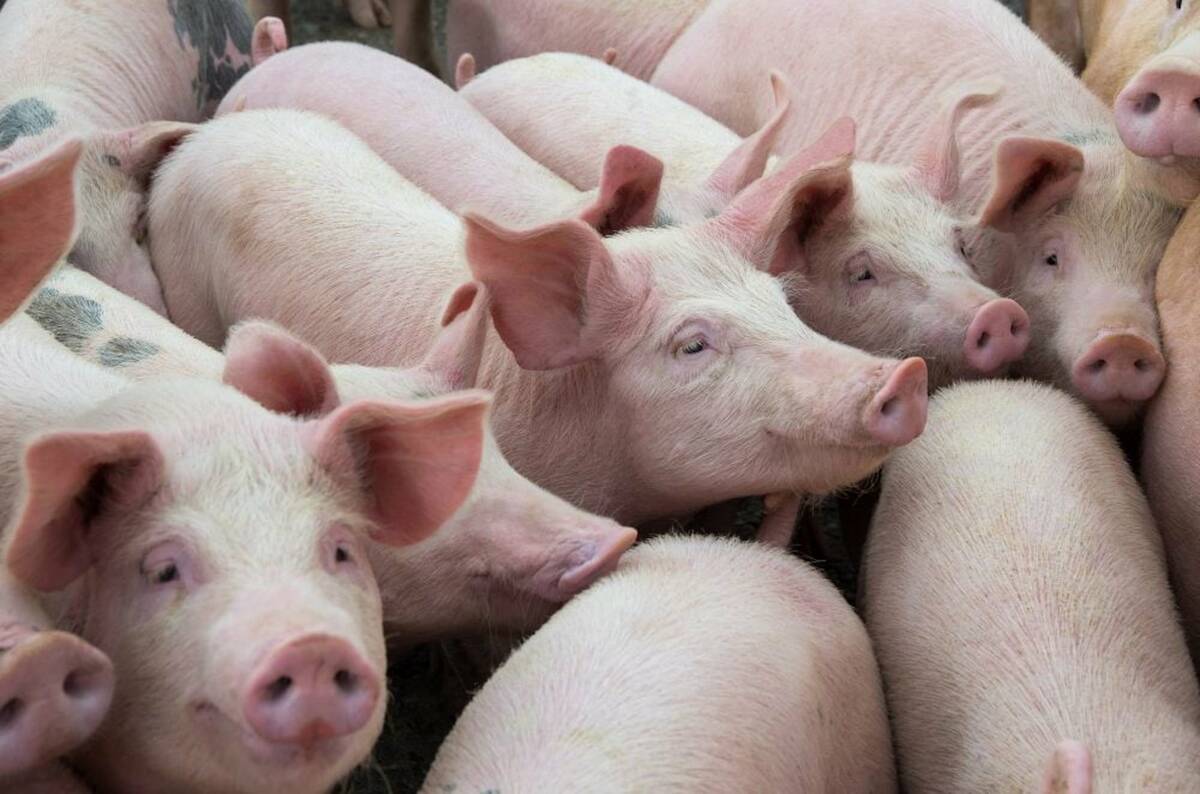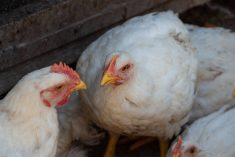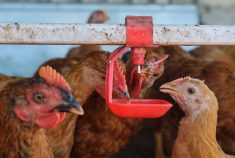March 22 — Feeder cattle prices in Western Canada appear to be consolidating. Auction market volumes are 10 to 15 per cent above last year, reflecting the burdensome supply situation. Alberta and Saskatchewan feedlot placements during February were up 19 per cent over last year; however, marketings were down nine per cent in comparison to February 2009. Many feedlots are running at a comfortable capacity for the time being and this is limiting demand in the short term.
Keep in mind there was a fair amount of equity erosion in the finishing sector over the past 18 months. Feeder cattle exports have slowed again, with the Canadian dollar making yearly highs against the U.S. greenback. Limited demand in the domestic market, along with slower exports, has caused the feeder market to trade sideways.
Read Also

U.S. livestock: Cattle rise, hogs recoup losses
Chicago live and feeder cattle futures rose on Tuesday while hog contracts regained Monday’s losses. Most-active February live cattle futures…
I’m somewhat optimistic that the Canadian feeder market will trend higher later in spring.
Finishing feedlot margins are improving with U.S. slaughter prices reaching 18-month highs. This will help rebuild some equity for the feedlot operator. Larger exports of slaughter cattle over the next month will help feedlots become more current. These two factors should improve domestic demand.
The U.S. Department of Agriculture reported supplies of cattle on small grain pasture were up 16 per cent over last year as of Jan. 1. Conditions have been optimal to keep these cattle outside feedlots until late March early April. The industry is now anticipating a greater push of feeder cattle into Nebraska and Kansas feedlots, which will also temper demand for Canadian feeder cattle. Feedlot conditions in the Midwest and the southern Plains are still very wet and weight gains remain below average. While this is bullish for slaughter cattle, these conditions can slow demand for feeder cattle. U.S. feeder supplies are very tight and this strength should eventually spill over into the Canadian market.
— Jerry Klassen is a commodity market analyst in Winnipeg and maintains an interest in the family feedlot in southern Alberta. He writes an in-depth biweekly commentary, Canadian Feedlot and Cattle Market Analysis, for feedlot operators in Western Canada. He can be reached by email at [email protected] or by phone at 204-287-8268 for questions or comments.
The material contained herein is for information purposes only and is not to be construed as an offer for the sale or purchase of securities, options and/or futures or futures options contracts. While the information in this publication cannot be guaranteed, it was obtained from sources believed to be reliable. The risk of loss in futures trading can be substantial. The article is an opinion only and may not be accurate about market direction in the future. Do not use this information to make buying or selling decision because adverse consequences may occur. This information may be wrong and may not be correct about current market conditions in all areas of Canada. This is an opinion only and not based on verified facts.















